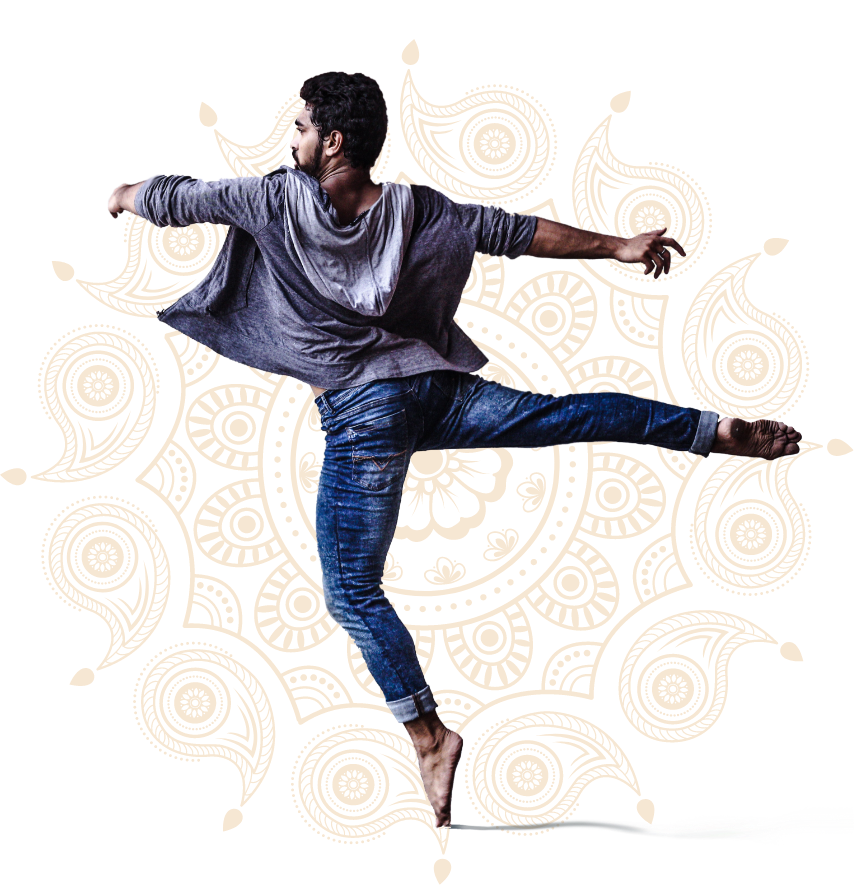Dance forms
“A community that she built, thriving with young dancers, and upcoming legends, with the vision of showing the world how powerful dance can be, to one’s heart.”
DIVINITY EXEMPLIFIED
Indian Classical
Dance
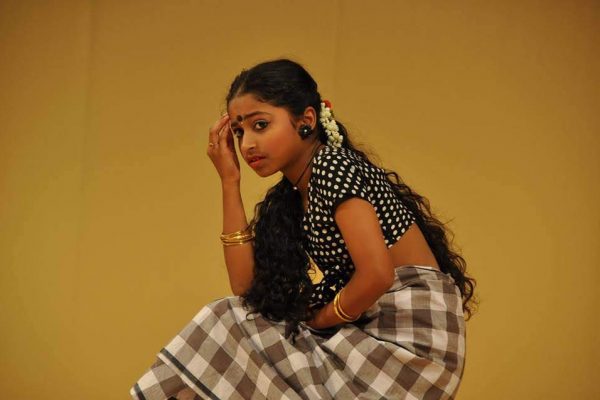
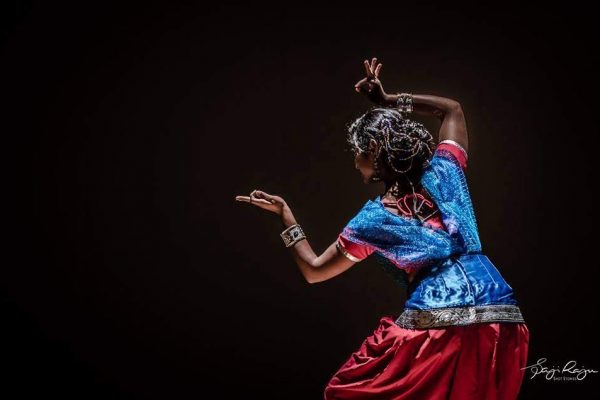
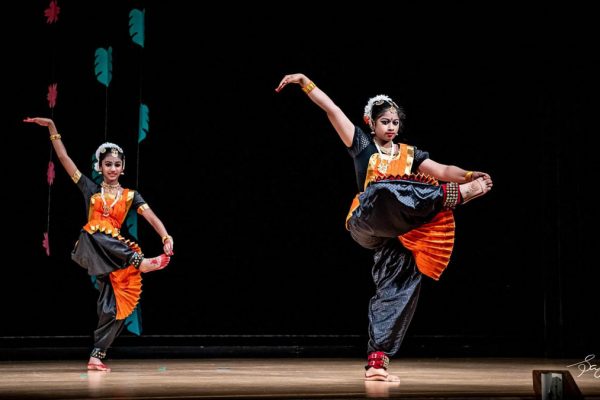
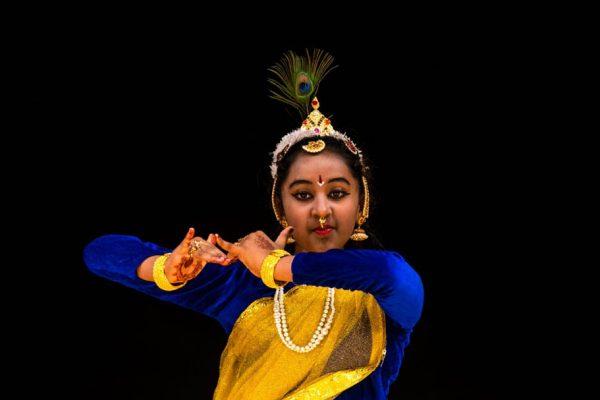
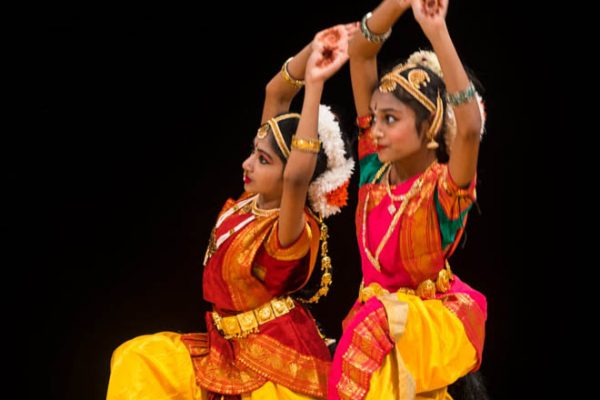
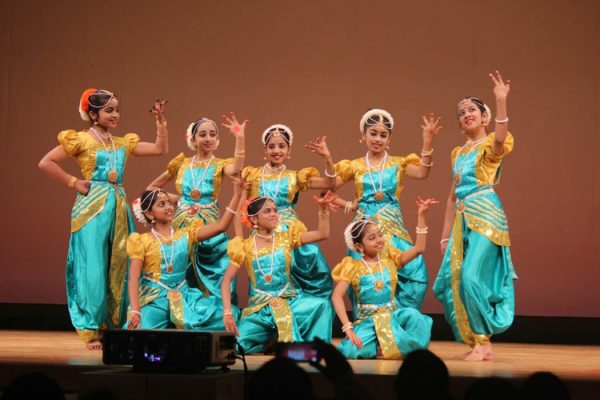
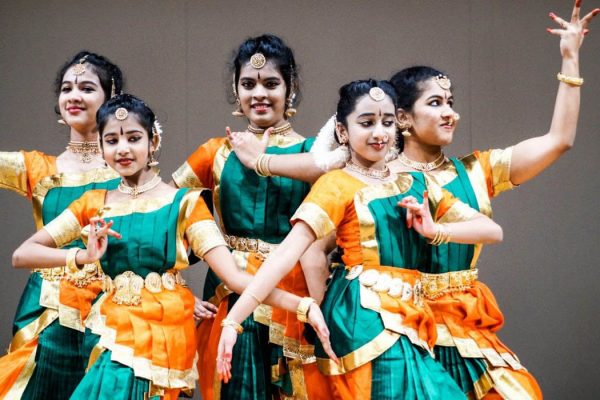
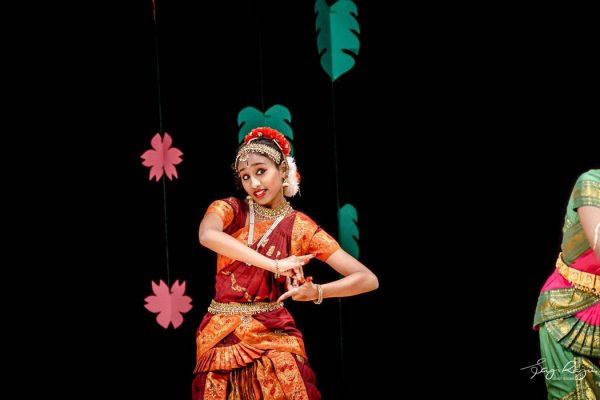
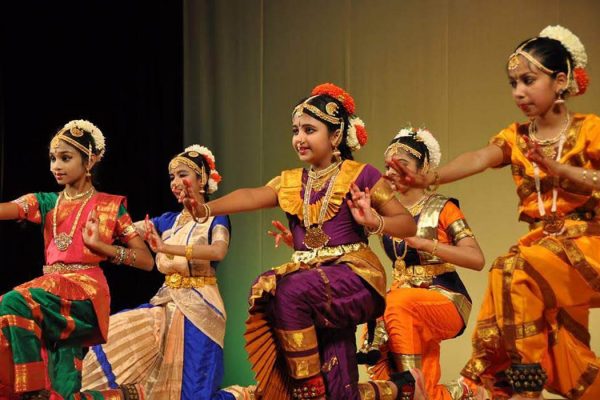
Bharathanatyam
Bharatanatyam is the most widely practiced form of Indian classical dance in the world. Bharatanatyam, a pre-eminent Indian classical dance form presumably the oldest classical dance heritage of India is regarded as mother of many other Indian classical dance forms. . Theoretical base of this form traces back to ‘Natya Shastra’, the ancient Sanskrit Hindu text on the performing arts. A form of illustrative anecdote of Hindu religious themes and spiritual ideas emoted by dancer with excellent footwork and impressive gestures its performance repertoire includes nrita, nritya and natya.
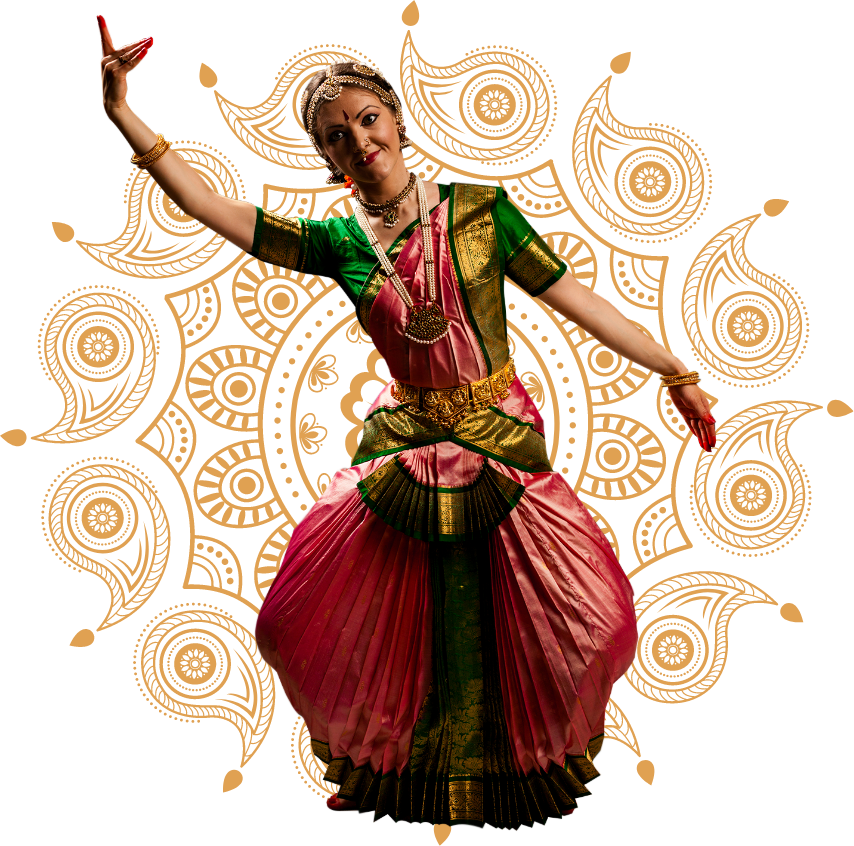
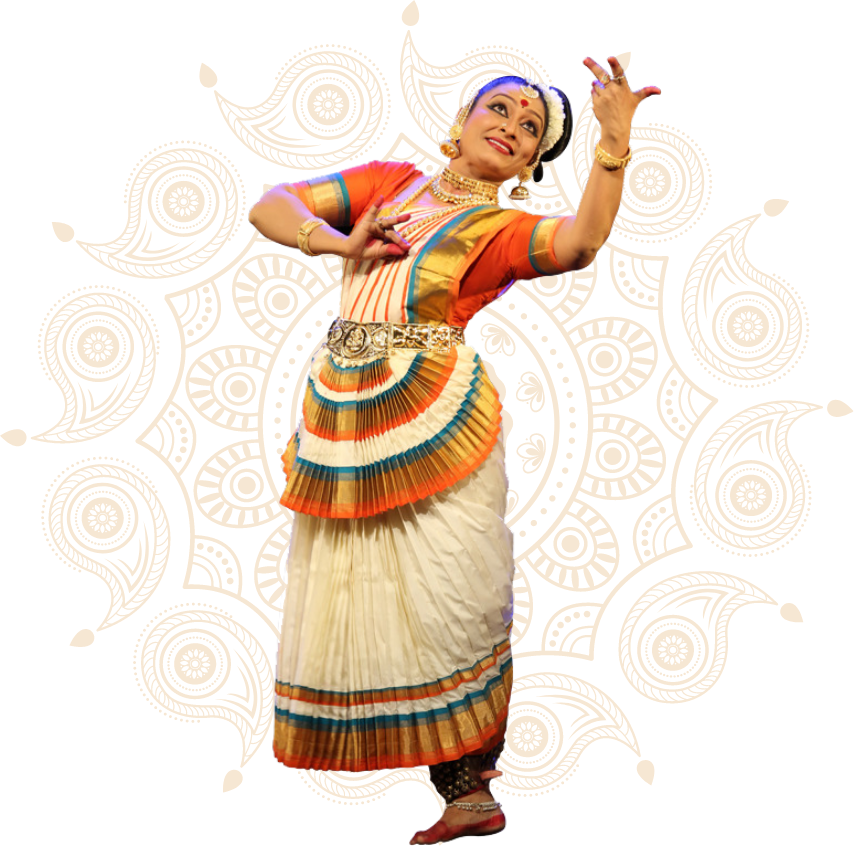
Kuchipudi
Kuchipudi, a pre-eminent Indian classical dance form counted among ten leading classical dance forms of India, is a dance-drama performance art that originated in a village of Krishna district of Andhra Pradesh, India. Similar to all leading Indian classical dance forms, Kuchipudi too evolved as a religious art rooting back to the age-old Hindu Sanskrit text ‘Natya Shastra’ and connects traditionally with temples, spiritual faiths and travelling bards. This ancient dance form finds place in the 10th century copper inscriptions and in 15th century texts like ‘Machupalli Kaifat’. Traditionally it is regarded that the sanyassin of Advaita Vedanta sect, Tirtha Narayana Yati, and his disciple Siddhendra Yogi initiated, methodized and arranged the present day version of the dance form in 17th century.
Mohiniyattam
Mohiniattam or Mohiniyattam is an Indian classical dance form that evolved in the state of Kerala, India, Although its roots date back to the age-old Sanskrit Hindu text on performing arts called ‘Natya Shastra’, similar to other Indian classical dance forms, Mohiniattam adheres to the Lasya type that showcases a more graceful, gentle and feminine form of dancing. Mohiniattam derives its name from the word ‘Mohini’, a female avatar of Lord Vishnu. It is a mix of Sanskrit and Malayalam language and the recitation may be either performed by the dancer herself or by a vocalist with the music style being Carnatic.

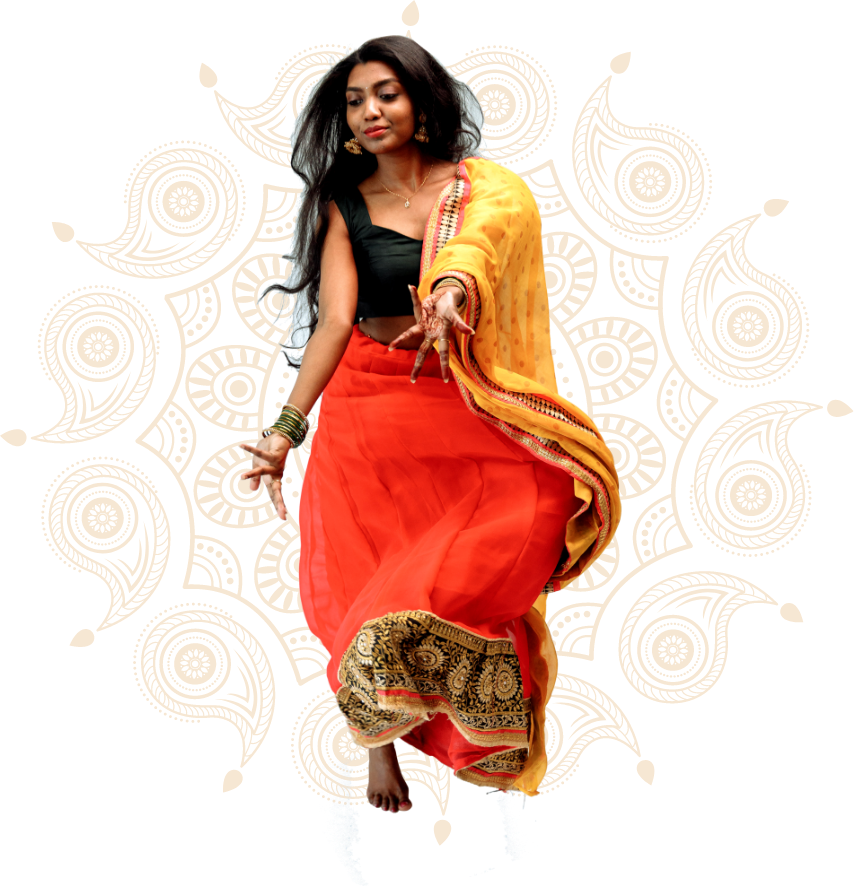
Folk Dance
Folk dances are performed for every possible occasion – to celebrate the arrival of seasons, birth of a child, a wedding and festivals, which are a plenty. The folk dances are extremely simple with minimum of steps or movement. Indian folk dances are full of energy and vitality. Some dances are performed separately by men and women while in some performances men and women dance together. On most occasions, the dancers sing themselves, accompanied by artists with instruments. Each form of folk dance has a specific costume and rhythm. Most of the costumes, worn for folk dances, are colorful with extensive jewels and designs.
Cinematic Dance
Cinematic Dance is dance performed for an audience. It is frequently performed in a theatre setting, though this is not a requirement, and it is usually choreographed and performed to set music. By contrast, social dance and participation dance may be performed without an audience.
